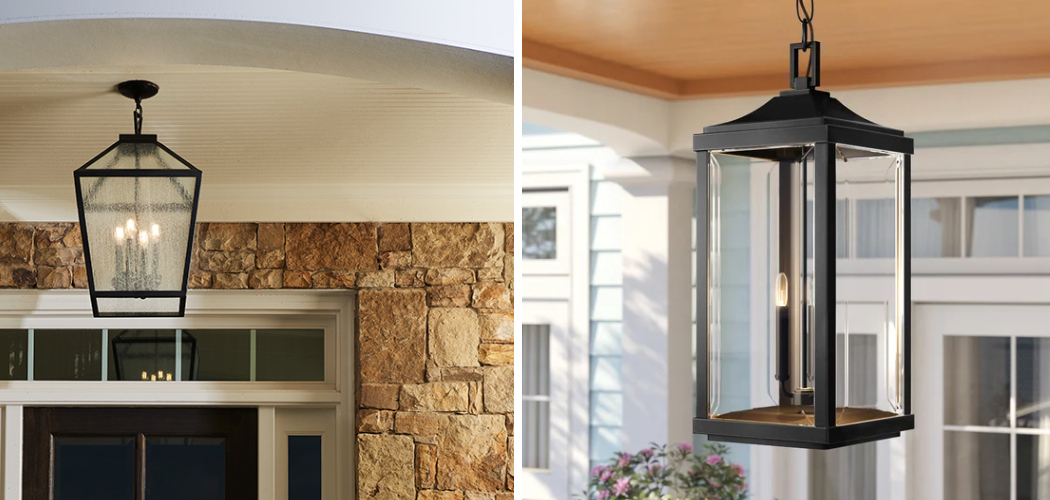Sizing outdoor lighting involves considering various factors, such as the size of the area to be illuminated, the type of lighting fixture, and the intended purpose. From pathway lights to deck lighting and landscape accents, each element contributes to the overall design. Understanding how to size outdoor lighting, fixture scale, and the aesthetics of your outdoor space is essential for achieving a harmonious and visually pleasing result.
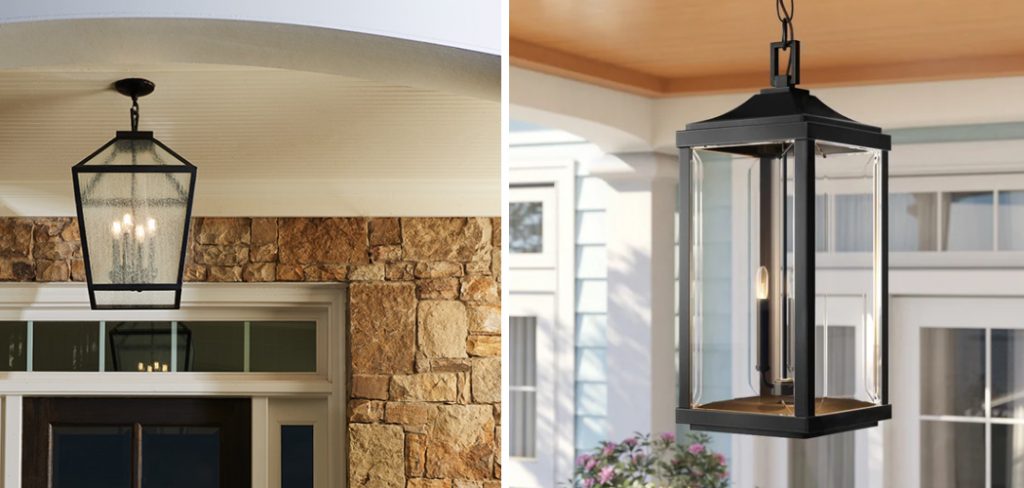
Whether you’re embarking on a new landscaping project or looking to upgrade your existing outdoor lighting, this guide will provide you with the knowledge and insights needed to size outdoor lighting effectively and create an outdoor environment that shines both functionally and aesthetically.
Importance of Appropriately Sizing Outdoor Lighting
Outdoor lighting is an essential component of any outdoor space. It not only enhances the aesthetic appeal but also provides safety and security to your property. However, one critical aspect that often gets overlooked when installing outdoor lighting is sizing.
Properly sized outdoor lighting fixtures can make a significant difference in the overall appearance and functionality of your outdoor space. In this document, we will discuss the importance of appropriately sizing outdoor lighting and provide some tips to help you achieve the best results.
Ensuring Adequate Illumination
The primary purpose of outdoor lighting is to provide adequate illumination for your outdoor space. Whether it’s for functional purposes such as navigating walkways or for creating ambiance, proper sizing is crucial in achieving optimal illumination.
If you opt for fixtures that are too small or too large for your space, you may end up with insufficient or excessive light. This can not only affect the overall look of your outdoor area but also lead to safety concerns.
Complementing the Surroundings
One of the key elements of outdoor lighting is to enhance the beauty and ambiance of your outdoor space. Appropriately sized fixtures can help achieve this goal by complementing the surroundings and adding visual interest to your landscape.
For example, using oversized fixtures in a small courtyard can overpower the space and create an unbalanced look. On the other hand, utilizing smaller fixtures in a large backyard may not provide enough impact or make a statement.
10 Methods How to Size Outdoor Lighting
1. Consider the Purpose of the Lighting
When it comes to sizing outdoor lighting, one of the first things to consider is the purpose of the lighting. Is it for security? Ambiance? To highlight a feature such as a garden or pathway? Depending on what you are trying to achieve, you will need to select lights with different wattages and beam angles.
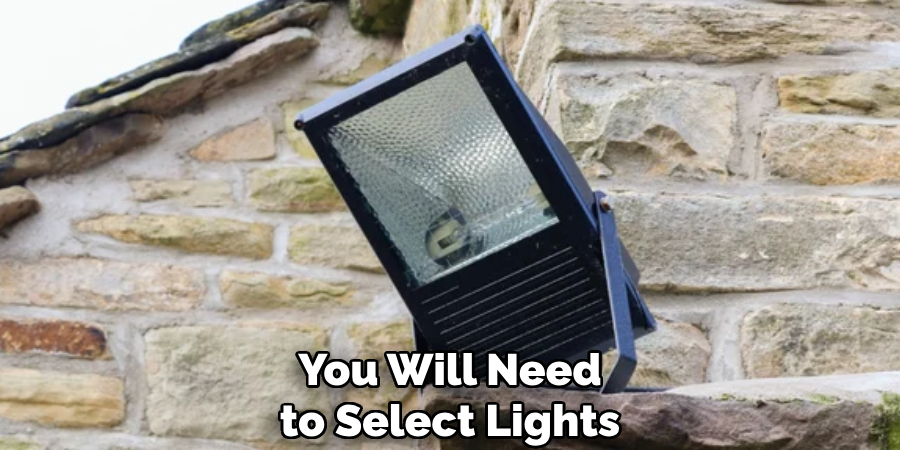
2. Take Measurements of the Area
The next step in sizing outdoor lighting is to measure the area that needs to be illuminated. Measure both the length and width of the area so that you can calculate how many lights will be needed and how far apart they should be spaced. This will help ensure that all areas are adequately lit.
3. Calculate Wattage Requirements
Once you have determined how many lights are needed, you must calculate the wattage requirements for each light. This is done by multiplying the length and width of each area by 0.25 watts per square foot. For example, if an area measures 25 feet by 15 feet, then it would require a total of 375 watts (25 x 15 x 0.25).
4. Select Appropriate Beam Angle
The beam angle of your lights will also affect their brightness and coverage area, so it is important to select an appropriate angle for your needs. A narrow beam angle (15-30 degrees) is best for accenting specific features, while a wide beam angle (45-60 degrees) is better for general illumination or larger areas such as pathways or driveways.
5. Choose between Incandescent or LED bulbs
When selecting outdoor lighting, you must also decide whether incandescent or LED bulbs are best suited for your needs. Incandescent bulbs tend to be less expensive but are not as energy efficient as LED bulbs, which can last up to 50 times longer than traditional bulbs and use up to 90% less energy.
6. Consider Color Temperature
Color temperature is another factor that should be taken into account when selecting outdoor lighting fixtures, as it affects both visibility and ambiance in an outdoor space. Warmer colors such as yellow or orange create a cozy atmosphere, while cooler colors such as blue or white can make an area appear brighter and more vibrant at night time.
7. Take into Account Weather Conditions
It’s important to take into consideration local weather conditions when selecting outdoor lighting fixtures, as certain types may not perform well in extreme temperatures or wet climates due to corrosion or water damage over time. Additionally, some fixtures may require additional protection from windy conditions, which could affect their performance in these environments.
8. Choose Low Voltage Systems
Low voltage systems offer several advantages over standard 120V systems, including increased safety due to lower voltage levels, increased energy efficiency, and longer bulb life. Low voltage systems also tend to be more aesthetically pleasing than standard 120V systems since they often come with smaller fixtures that blend better into landscapes.
9. Install Timers
Installing timers on your outdoor lighting system can help save energy by automatically turning off lights at predetermined times throughout the day. Timers can also provide added convenience by allowing you to set different schedules based on time of day, season, or even holidays so that your lights turn on when you need them most.
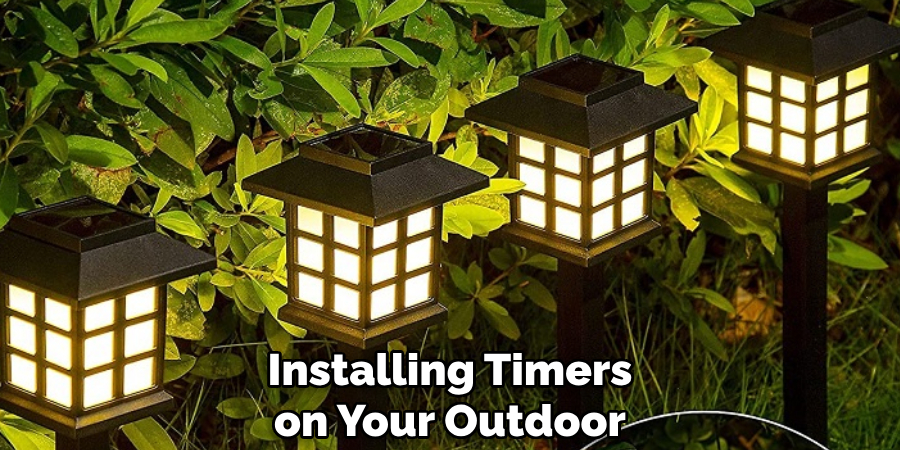
10. Test Out Different Settings
Finally, once your outdoor lighting system has been installed, it’s important that you test out different settings before settling on one. Try out various wattages, angles, colors, and timer settings until you find one that works best for your particular needs. Doing this will ensure that your outdoor space looks its best while still providing adequate illumination when needed.
Things to Consider When Choosing the Right Size for Your Outdoor Lighting
When it comes to outdoor lighting, size matters. It not only affects the aesthetics of your space but also determines how well your outdoor area is illuminated. Here are some things to consider when choosing the right size for your outdoor lighting:
The Purpose of Your Outdoor Lighting
Before purchasing any lights, think about what you want to achieve with your outdoor lighting. Do you want to create a cozy ambiance or highlight specific areas? Are you looking for security lighting or just decorative lights? Understanding the purpose will help guide you in selecting the appropriate size for your outdoor lights.
The Size of Your Space
The size of your space plays a crucial role in determining the size of your outdoor lighting. For larger spaces, you will need bigger lights to provide adequate illumination. Smaller spaces, on the other hand, may require smaller lights to avoid overwhelming the area.
The Height of Your Outdoor Lighting
The height at which your outdoor lighting is installed also affects its size. For example, if you are installing lights along a pathway or driveway, they should be lower than those used for overhead lighting on a porch or patio. Make sure to consider the recommended mounting height for each type of light before making a purchase.
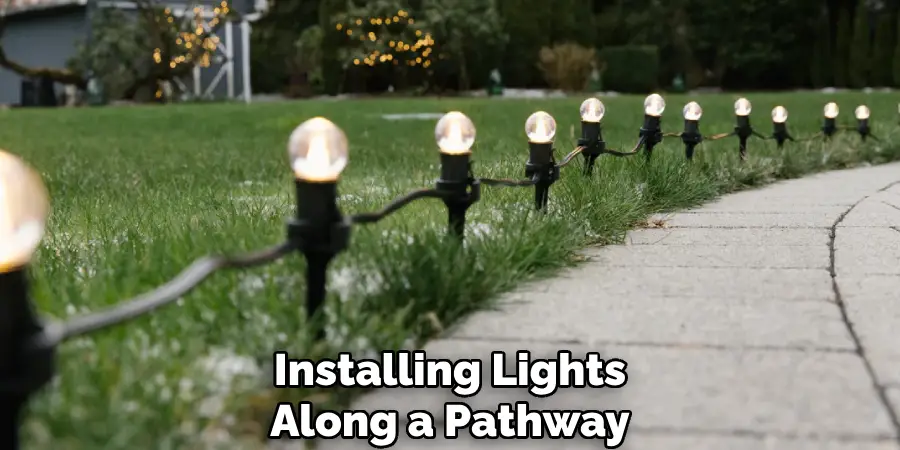
Common Mistakes to Avoid When Sizing Outdoor Lighting
When it comes to outdoor lighting, proper sizing is crucial for both aesthetics and functionality. Unfortunately, many people make mistakes when it comes to choosing the right size for their outdoor lights. Here are some of the most common mistakes to avoid when sizing your outdoor lighting:
- Using a single light fixture: One of the biggest mistakes people make is using only one light fixture for their entire outdoor space. This can lead to uneven lighting and create dark spots in certain areas. Instead, consider using multiple fixtures strategically placed around your space to ensure even lighting.
- Choosing the wrong size for the area: Another mistake people make is not considering the size of the area they want to light up. If you have a large space, a small light fixture will not provide enough light and may look disproportionate.
- Forgetting about the height: The height of your outdoor lights also plays a crucial role in their sizing. Lights that are too tall can create glare or shine light into unwanted areas, while lights that are too short may not provide enough lighting for the desired area.
- Neglecting to match styles: Outdoor lighting should complement the style of your home and outdoor space. Choosing mismatched styles can make your space look disjointed and unappealing.

Conclusion
In conclusion, outdoor lighting is a great way to add beauty and dim, warm light to your outdoor space. Its size is key to its effectiveness so it’s important to take into consideration the width of the area you would like to illuminate and the wattage size of your bulbs. When properly chosen in terms of size, outdoor lighting can drastically change the ambiance of any patio or backyard.
To equip yourself for either a DIY install or a professional job, taking accurate measurements and knowing about lumens, wattage, and other details are crucial for successful installation that will help make any area look charmingly radiant. Now that you know how to size outdoor lighting for your special space, go ahead and experience the soft illumination that will enhance any backyard oasis!

